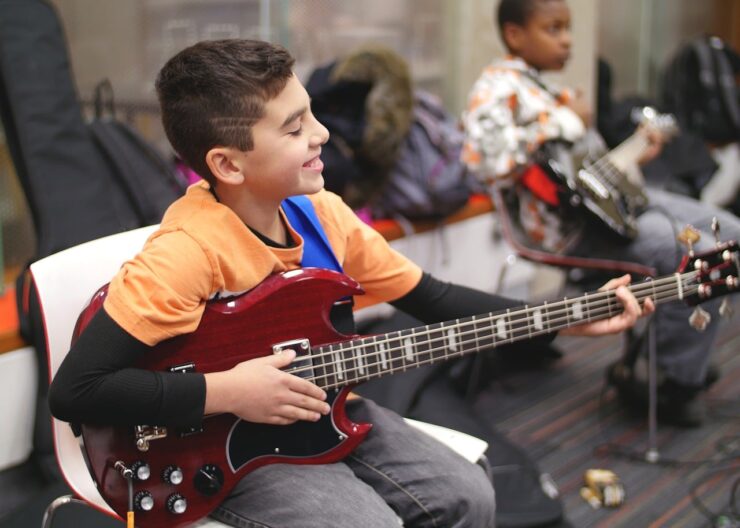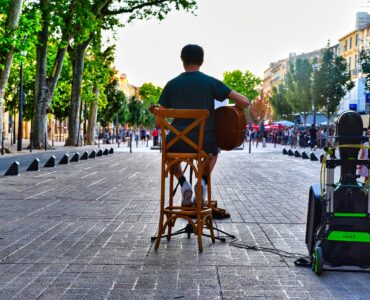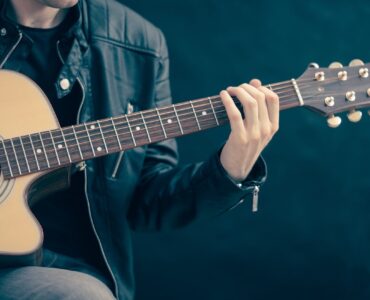Good safeguarding practices are very important for keeping children and vulnerable adults safe, in every environment. As a musician, this specifically applies to several situations, most notably teaching. In this blog, we’ll look into good safeguarding practices for musicians…
Important – While everything has been done to double check the authenticity of this information, it is an interpretation. Consult with safeguarding professionals and read official government advice when formulating your safeguarding policy.
What is safeguarding?
The term “safeguarding” refers to the procedures that are put in place to keep people safe in a specific environment, and the process for taking action before and if something happens to them. Specifically, the NSPCC says that safeguarding means:
- protecting children from abuse and maltreatment
- preventing harm to children’s health or development
- ensuring children grow up with the provision of safe and effective care
- taking action to enable all children and young people to have the best outcomes.
Child protection is part of the safeguarding process. It focuses on protecting individual children identified as suffering or likely to suffer significant harm. This includes child protection procedures which detail how to respond to concerns about a child.”
NSPCC
It’s worth understanding that while this specifically describes children, it could also apply to vulnerable adults, and other vulnerable groups.
Depending on the setting, you may also have to carry out a risk assessment.
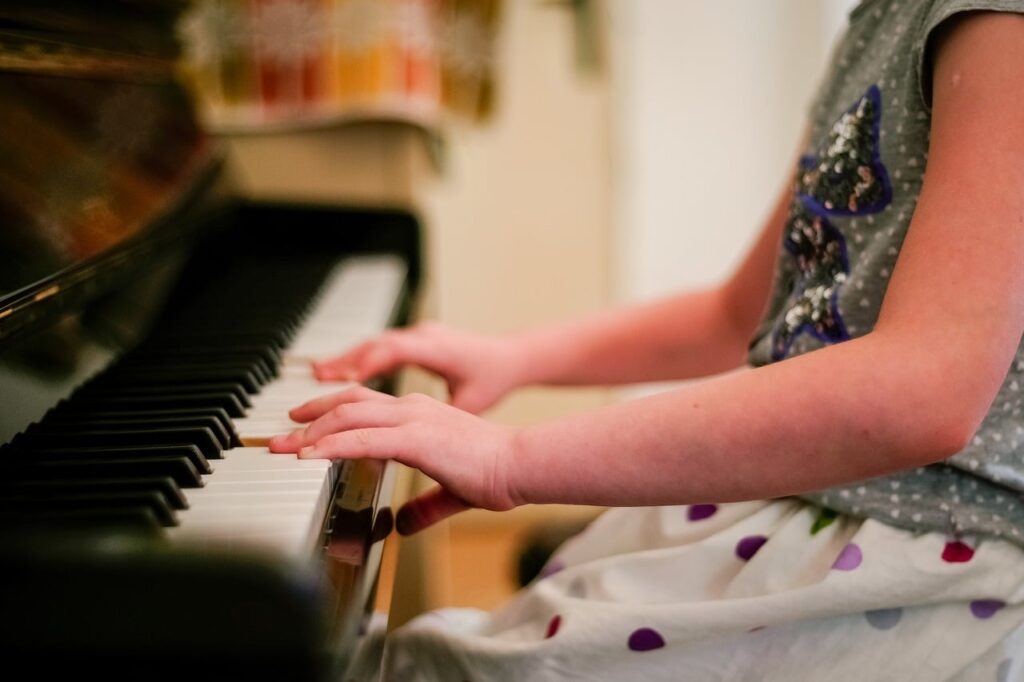
Similarly, the UK government built six key safeguarding principles into the Care Act 2014, with respect to health and social care. While they are primarily for that setting, there are some general principles that can apply across different settings, and make them worth reading:
1. Empowerment
Ensuring people are supported and confident in making their own decisions and giving informed consent. Empowerment gives individuals choice and control over decisions made.2. Protection
Providing support and representation for those in greatest need. Organisations can put measures in place to help stop abuse from occurring and offer help and support to those at risk3. Prevention
It is crucial to try and take action before harm occurs, preventing neglect, harm or abuse is the primary objective. Prevention is the act of organisations working to stop abuse before it happens. Raising awareness, training staff and making information easily accessible are all ways that they can demonstrate prevention measures and encourage individuals to ask for help.4. Proportionality
We must take a proportionate and least intrusive response to the issue presented. Proportionality ensures that services take each person into account when dealing with abuse. They will respect each individual and assess any risks presented.5. Partnerships
Forming partnerships with local communities can create solutions as they can assist in preventing and detecting abuse. Partnerships give organisations the opportunity to work together, as well as with the local community.6. Accountability
Being accountable and having complete transparency in delivering safeguarding practice. Safeguarding is everyone’s business and accountability makes sure that everyone plays their part when it comes to safeguarding vulnerable people. Everyone is accountable for their actions as individuals, services and organisations.Personnelchecks.co.uk
Where might safeguarding be applied by musicians?
Perhaps the most obvious circumstance where musicians might encounter safeguarding is when teaching.
Whether you work in a primary or secondary school, teach as part of a charity or for-profit music school, or just teach privately on your own, you should always be clear on the safeguarding procedures.
While teaching is the most obvious example, there are other situations where a knowledge of safeguarding will apply.
For example, if you are putting on performances in a care home, workshops for people with special educational needs or even doing a one-off performance at a private school, perhaps as part of an end of year fete or something similar.
In short, if you are in any way working with children or people of a vulnerable group, you should be up to date with your safeguarding.
If you are working within an existing company or school, you should be told about their safeguarding procedures.
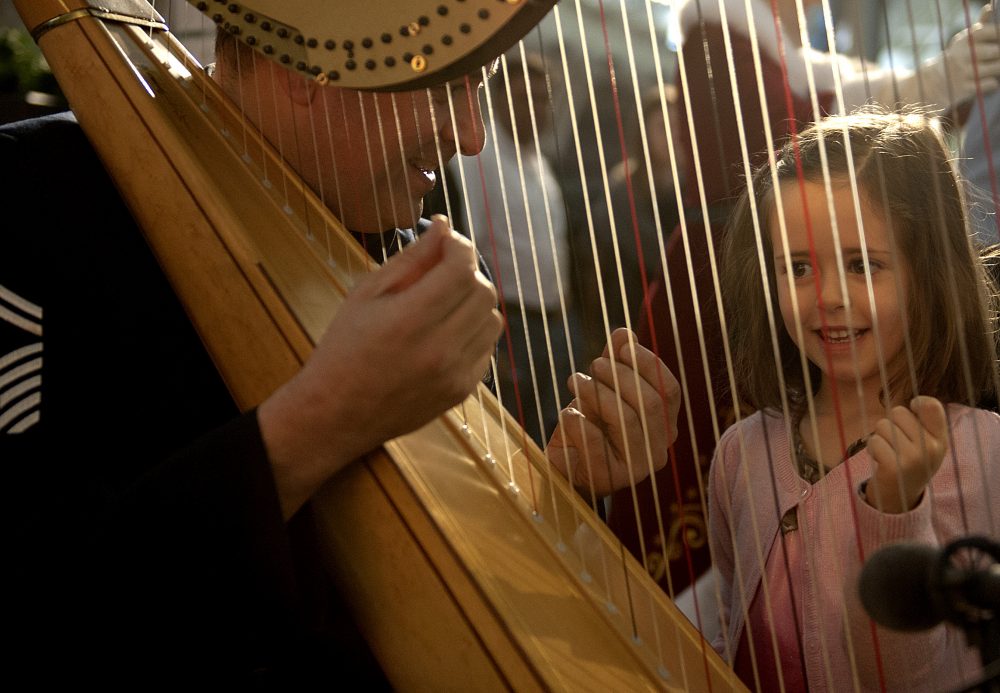
If you’re looking to set yourself up as a music teacher, check out our blogs on setting yourself up as an online music teacher, or our complete guide for music teachers.
How do you put safeguarding into place as a musician?
When working out your safeguarding policy, it is important you take into account all the principles above, as well as making sure your safeguarding is transparent and comprehensive.
Any parent or institution that wants to you to your safeguarding policy should be provided with it.
The ISM has an excellent free online webinar on safeguarding for musicians, available here:
ISM also have safeguarding advice for anyone looking to do music tuition remotely.
ABRSM has also collated a series of videos made by the Musicians’ Union in partnership with EDUcare on safeguarding procedures for children.
They detail how some examples of situations that safeguarding policies should avoid (or address) are things like inappropriate communication with children, inappropriate demonstration of technique, dealing with a difficult group situation and responding to concerns about abuse.
There are also several paid courses that are available for musicians to take:
- Educare’s course on Child Protection In Music Education
- Sound Sense’s course on Safeguarding Training For Community Musicians
How did you come up with your safeguarding policy? Do you have any advice for other musicians looking to do the same? Leave your tips in the comment below…
Share this:

